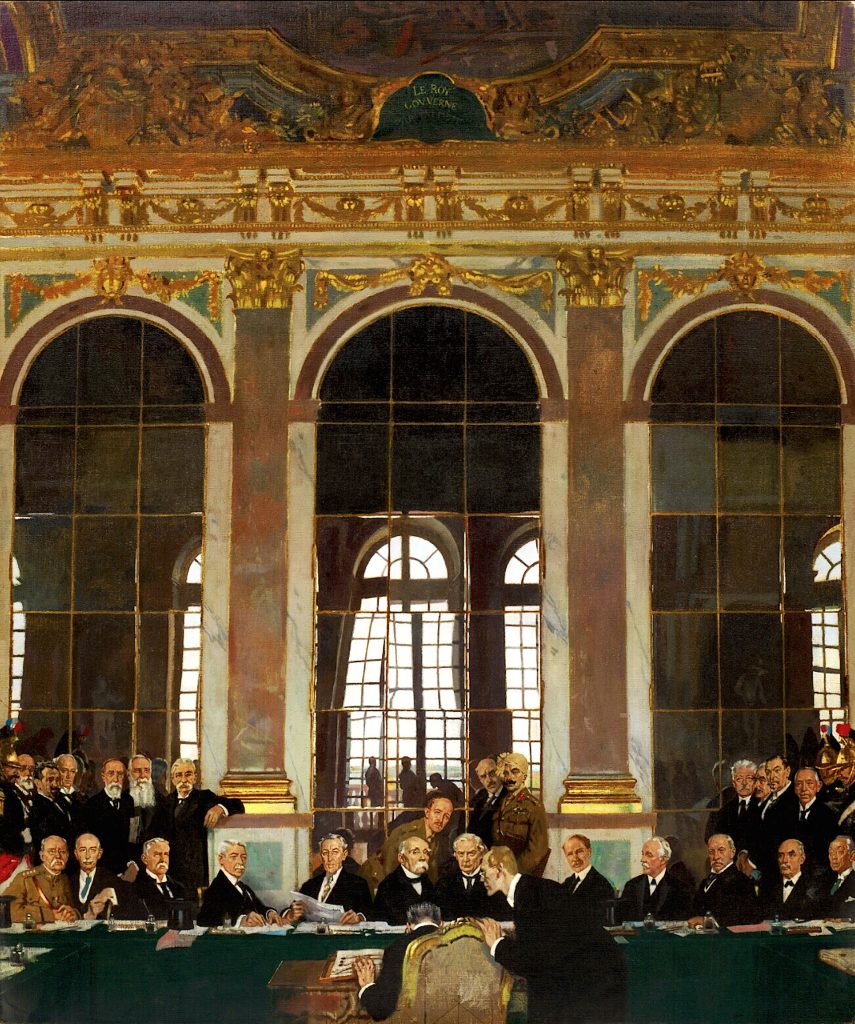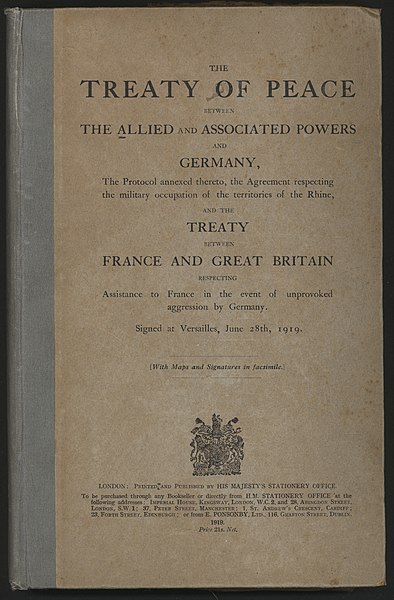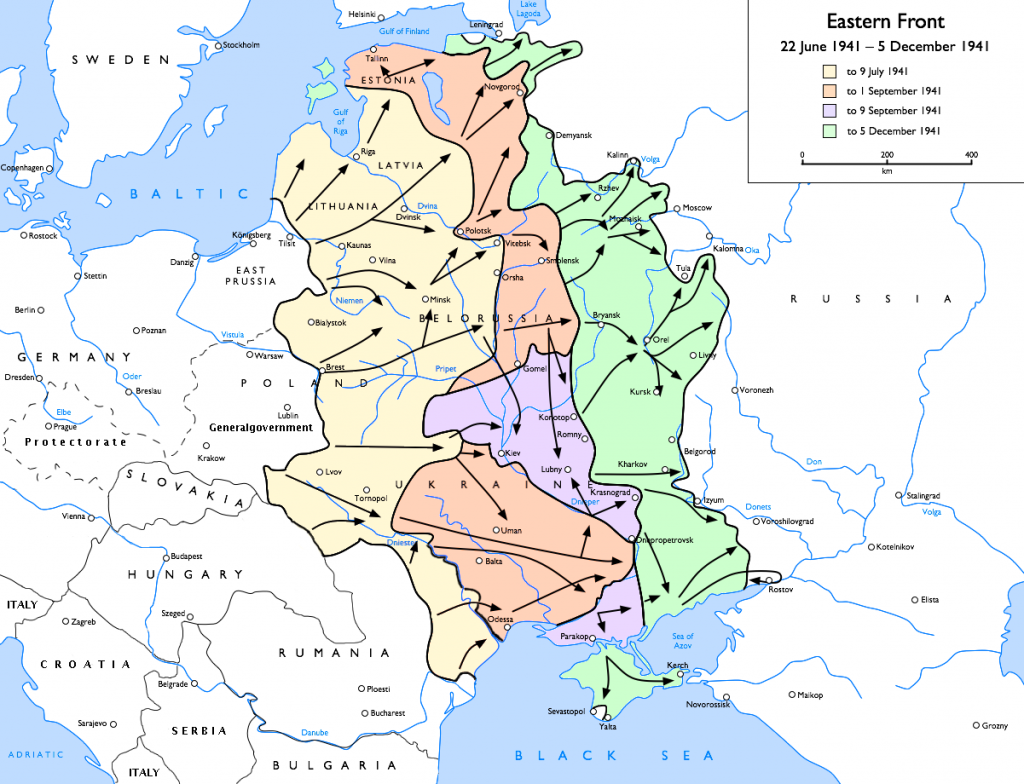World War 2 in Europe
World War II was a war between the years 1939 and 1945. It had a devastating effect around the globe. Millions and millions of people died everywhere.
It was fought all over but it started in Germany when a man called Adolf Hitler (the dictator of Germany at the time) declared war on Poland.
Lots of countries, like Italy, Hungary, Bulgaria and Romania were Allies with Germany and so they decided to go to war.
Related: Facts about European countries
Germany, Italy and Japan had a pact and France, Britain and Russia had another pact. These two sides were called the Axis and the Allied powers.
Once Hitler invaded Poland, a whole chain of events happened that led to one of the longest and bloodiest wars ever.
Europe (and then the rest of the World), was involved in a war once more, just 20 or so years after World War I had ended.
Lots of things happened between the wars to build up to this.

Before war broke out (long-term causes)
Sometimes, things build up for a while. Historians call these long-term causes because they cause something (like an event), but it can take many years for it to happen.
One of the long-term causes of World War II was the aftermath of World War I, especially the Treaty of Versailles.
The Treaty of Versailles
After World War I, Germany took nearly all the blame. These days, historians think that all countries had a role to play in the outbreak of World War I.
When World War I ended, this was not the case.
All the winning countries got together at the Treaty of Versailles at the end of the War to blame Germany and decide what would happen to them.
A big meeting was held between France, England and the USA – and Germany were not allowed to go.

One thing they did do was decide that Germany should no longer have an army and they also had to give up valuable land with lots of resources.
Germany also had to pay back lots of money to the other countries. These were debts they could not afford.
Germany was hit by the Great Depression in 1929 and Adolf Hitler used people’s fear and poverty to get into power.
Once he was in power, you had no choice but to support him because he changed the law so that no one could vote for anyone else.
In fact, there were no more elections at all and no one could say anything bad about Hitler and his Nazi party in the press or in books.
No stopping Hitler
There was not much fighting in 1939 after Hitler invaded Poland but in 1940 Hitler launched an attack on Norway and Denmark, followed by the Netherlands, Belgium and France.
By 1940, they had signed an agreement that gave them the northern half of France.
Until 1941, Russia had been on Germany’s side but Hitler went against them and invaded them anyway. Russia was then on Britain and France’s side.
War on three fronts
Hitler was making lots of ground and by 1941 he controlled a lot of mainland Europe. However, the US got involved too after Japan attacked Pearl Harbor.
Hitler had also tried to control Great Britain by bombing the country in 1940 in the Battle of Britain but he had not succeeded.
Because of all these Allies in place, Hitler had to fight the war from three sides (three fronts).
These were the Eastern (Russian) Front, the Mediterranean Front and Africa, and the Western Front (France and Great Britain).
In 1942 and 1943, the Allies began to fight back and push Hitler away. They made ground on German soil.
Hitler is stopped
In 1944, the Allies attacked the Germans on the Western Front. This is called D-day and it was an invasion of Normandy. The Allies won.
The Germans fought back in the Battle of Bruge. Many, many, people were killed on all sides before Germany surrendered.
Germany surrendered 7th May 1945. The day after, the 8th, is called V-E day. This stands for victory in Europe day.

Quiz Time – Test Your Knowledge
Which country did Hitler invade in 1939?
Which bit of France did Hitler control at first?
Who switched sides in 1941?
What were the three fronts called?
What does V-E day stand for?









